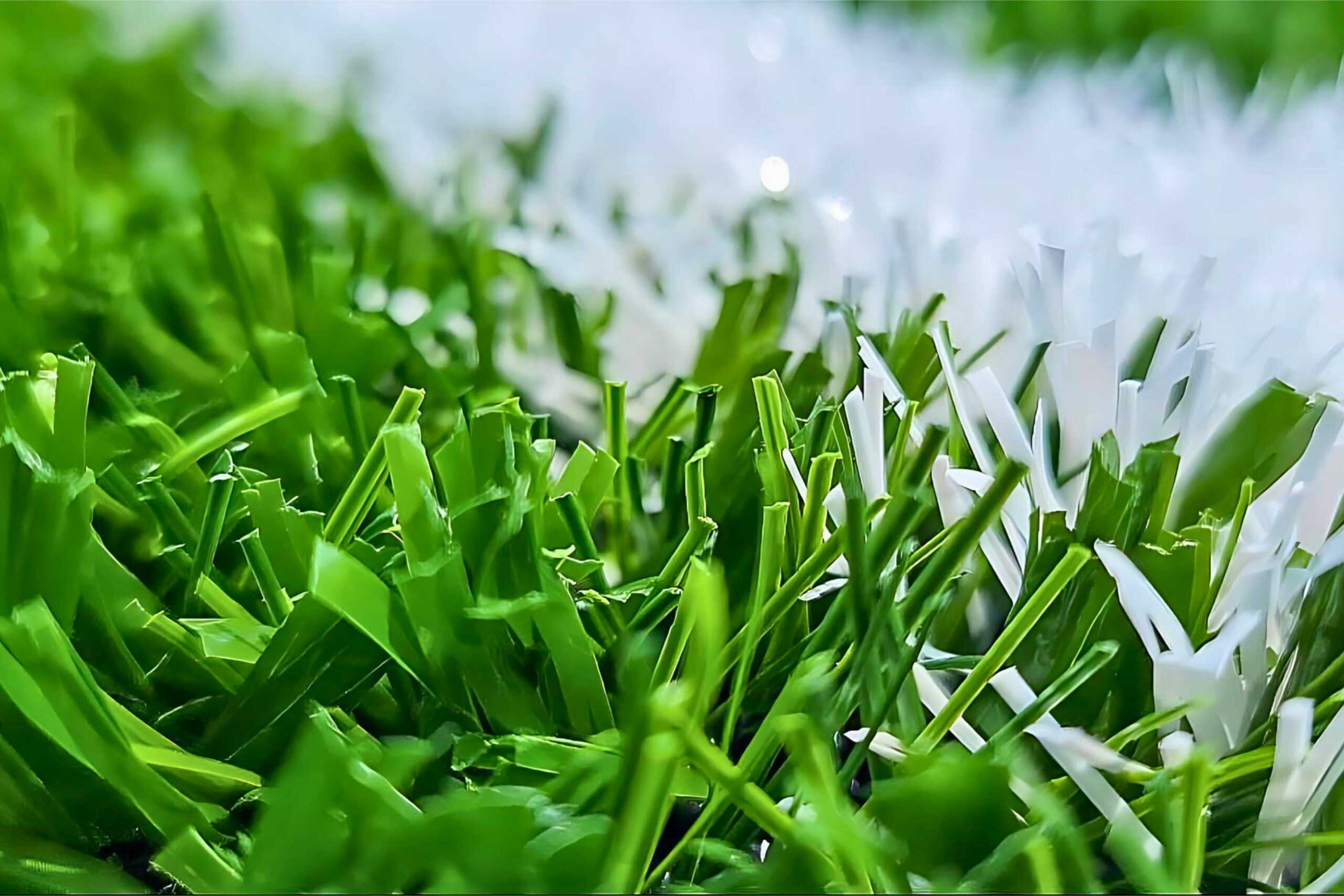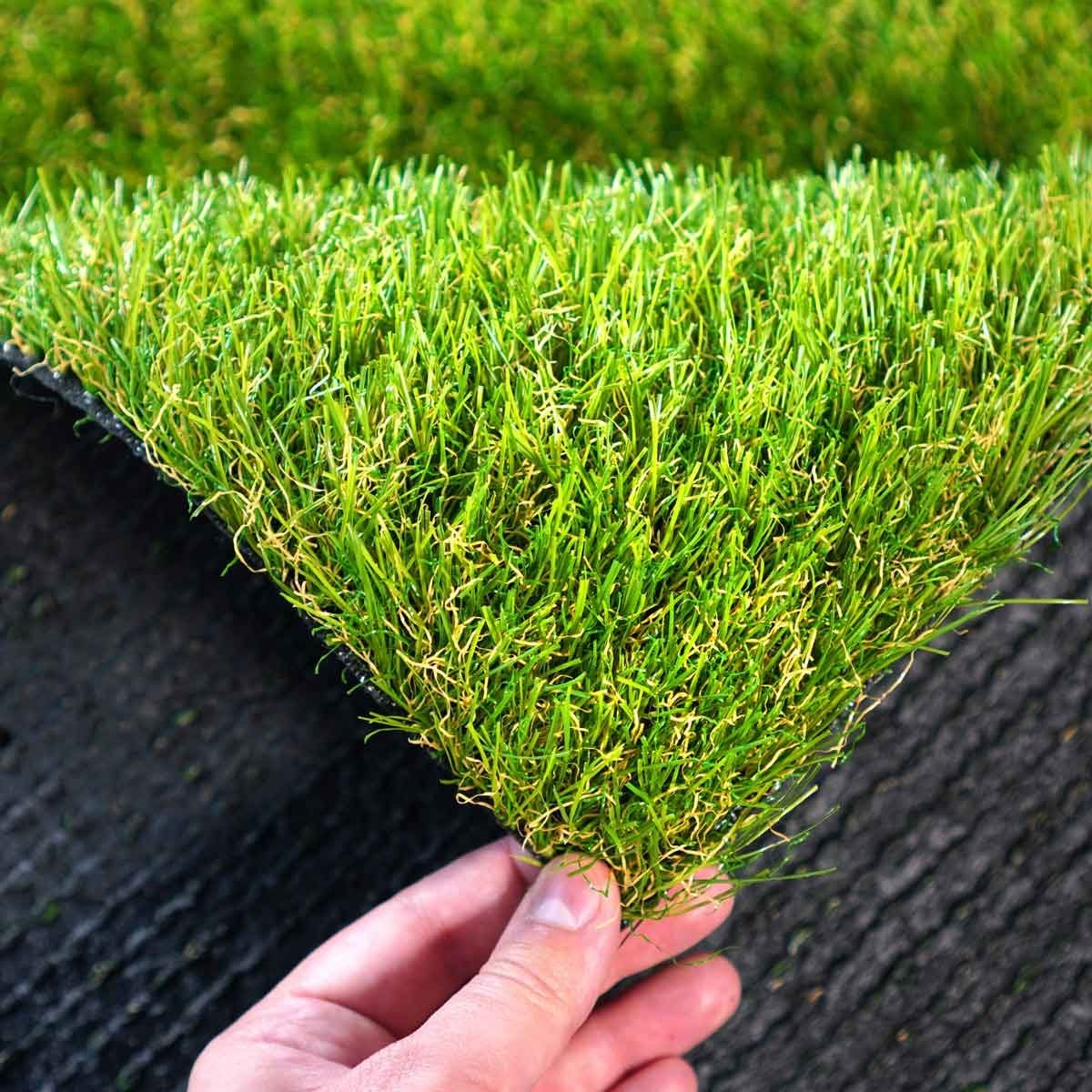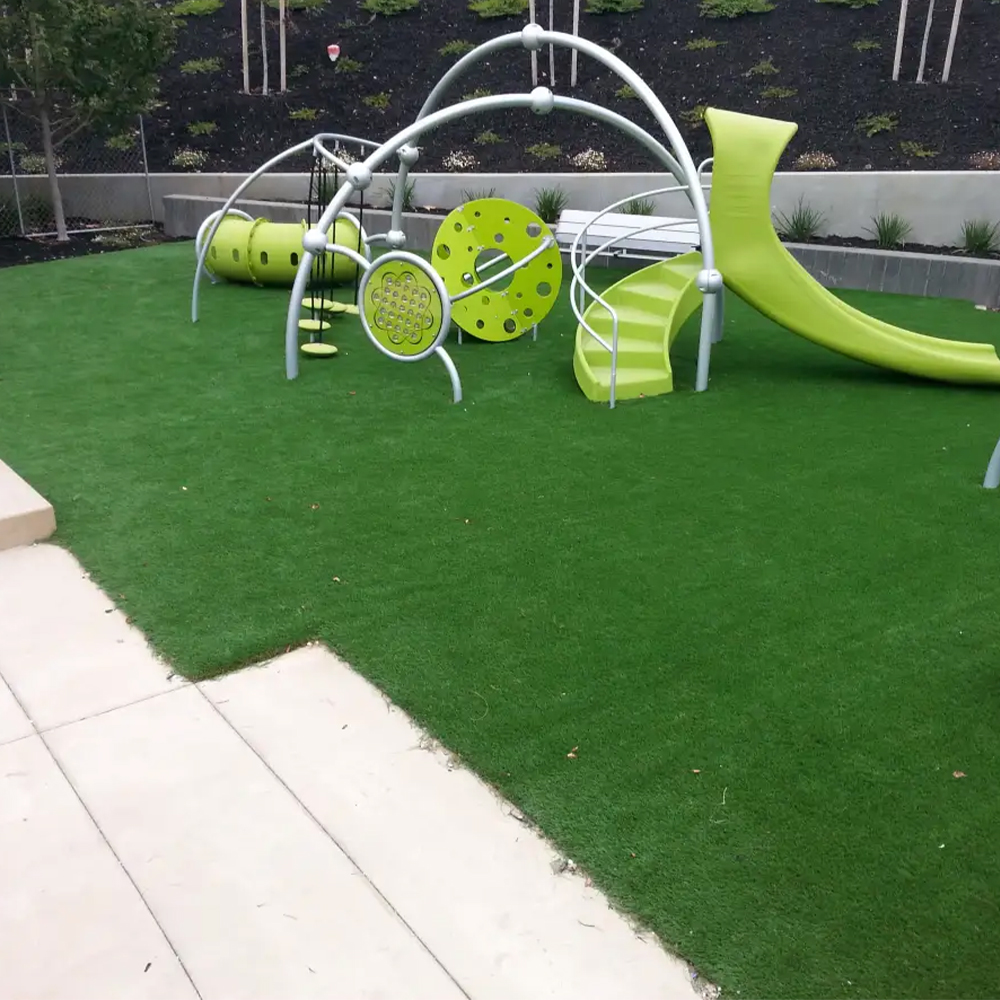Delve Into the Environmental Conveniences of Opting for Artificial Turf Solutions
The fostering of synthetic grass options offers an engaging possibility to address pressing ecological difficulties. By dramatically decreasing water usage and decreasing the application of unsafe chemicals, these choices not just promote sustainable landscaping however likewise safeguard regional ecological communities. The lower carbon footprint linked with lowered upkeep activities contributes to a much more lasting method to land management. Nonetheless, the ramifications of these benefits extend past mere conservation initiatives, elevating questions concerning their lasting effect on environment preservation and overall ecological balance. Discovering these dimensions reveals an intricate interplay worth thinking about.
Water Preservation Benefits
One of the most considerable advantages of fabricated grass is its capacity to preserve water. Conventional lawn lawns require significant irrigation, specifically in locations susceptible to dry spell or water constraints. On the other hand, man-made turf does not require watering, significantly lowering the total demand for water sources. This function is especially beneficial in deserts where water scarcity is a pressing concern.
By eliminating the demand for normal watering, synthetic grass adds to sustainable landscape methods and assists alleviate the environmental influence of too much water usage. The preservation of water expands to the decrease of overflow, which can lead to soil erosion and river air pollution.
Furthermore, the setup of synthetic grass enables house owners and districts to designate water sources more effectively, concentrating on crucial uses such as alcohol consumption water and farming. The shift in the direction of artificial lawn not just advertises responsible water usage yet additionally aligns with more comprehensive environmental goals targeted at preserving natural deposits.
As neighborhoods increasingly focus on sustainability, the water preservation benefits of synthetic grass offer a compelling situation for its fostering in household and business landscaping tasks.
Minimized Chemical Usage
The transition to artificial turf considerably decreases the dependence on chemical therapies typically utilized in natural lawn upkeep. Conventional lawn management usually includes the application of chemicals, fertilizers, and herbicides to promote growth and control pests. These chemicals can pose dangers to human health and wellness, regional wild animals, and the environment, contributing to dirt and water contamination.
In comparison, artificial lawn eliminates the need for these dangerous substances. By minimizing the launch of synthetic compounds right into the community, artificial grass promotes much healthier soil and water systems.
Moreover, the lack of chemical drainage associated with man-made grass setups helps safeguard local waterways from air pollution, sustaining marine life and keeping biodiversity. Turf installation phoenix az. As communities increasingly prioritize lasting methods, choosing fabricated grass provides a feasible service that aligns with environmental preservation objectives. Through this change, residential or commercial property owners can appreciate lavish environment-friendly rooms without compromising environmental wellness, paving the means for a much more lasting future
Reduced Carbon Impact

Moreover, the setup go to the website of synthetic grass can lead to significant water preservation. All-natural grass call for considerable amounts of water for irrigation, which not only contributes to the carbon impact connected with water removal and treatment yet additionally stress neighborhood water resources. In comparison, fabricated lawn needs very little upkeep, needing no watering, therefore significantly decreasing water usage and its associated power expenses.
Additionally, the durability of synthetic grass adds to its decreased carbon impact. With a life expectancy of up to 15 years or even more, read this the requirement for constant replacements is lessened, resulting in less waste and reduced energy intake in manufacturing and getting rid of traditional grass options. On the whole, synthetic grass offers a sustainable alternative for eco mindful landscaping.
Habitat Preservation
Habitat preservation is a vital consideration in the argument over landscaping options, particularly when contrasting synthetic lawn to natural lawn. All-natural grass yards often call for substantial upkeep, consisting of the use of herbicides, plant foods, and pesticides, which can detrimentally influence neighborhood ecosystems. These chemicals can seep into the dirt and waterways, damaging indigenous flora and animals and interfering with neighborhood habitats.
In comparison, man-made turf presents an opportunity to lower the environmental impact of landscaping. By going with artificial turf, homeowners can reduce the disruption of all-natural environments connected with traditional lawn care techniques. Synthetic grass eliminates the need for harmful chemicals, therefore securing neighboring wild animals and preserving the honesty of bordering ecological communities. Additionally, the setup of synthetic grass can lead to the conversion of previous turf areas into more biodiverse landscapes, such as pollinator yards or indigenous plant locations, which can sustain local wild animals.
Ultimately, the change to fabricated lawn not only preserves water and reduces upkeep efforts however likewise cultivates a more unified partnership in between human activities and the all-natural environment, promoting environment conservation while doing so.
Long-Term Sustainability
Long-term sustainability is a critical consider reviewing the benefits of fabricated lawn over conventional grass yards. One of the most considerable benefits of synthetic grass is its toughness; it can last as much as 15-20 years with minimal maintenance, whereas all-natural turf calls for regular reseeding and replacement. This longevity reduces the need for consistent resources, such as water, fertilizers, and pesticides, look at this now which are important for maintaining a healthy and balanced yard lawn.
In addition, synthetic grass adds to a reduction in carbon exhausts linked with grass treatment tools. Typical grass commonly call for gas-powered lawn mowers, trimmers, and blowers, every one of which add to air pollution. Turf installation phoenix az. In comparison, synthetic grass removes the requirement for such equipment, promoting a cleaner setting
Furthermore, the manufacturing of synthetic turf progressively makes use of recycled products, improving its sustainability account. As manufacturers embrace environment-friendly methods, the environmental impact of fabricated turf remains to diminish.

Final Thought
The fostering of synthetic grass remedies presents significant environmental advantages, including substantial water preservation, reduced dependence on dangerous chemicals, and a reduced carbon footprint. Artificial grass aids in preserving all-natural habitats by reducing land disturbance and advertising long-term sustainability with the usage of durable products. Jointly, these elements underscore the potential of synthetic grass to contribute favorably to ecological wellness and supply a practical alternative to typical landscape design methods in a progressively resource-conscious globe.
In comparison, man-made turf does not require watering, substantially decreasing the overall need for water sources. By lessening the launch of synthetic compounds into the community, artificial lawn promotes much healthier dirt and water systems.
In addition, the setup of fabricated turf can result in considerable water preservation. In comparison, synthetic grass requires very little upkeep, needing no watering, consequently dramatically reducing water use and its associated energy costs.
